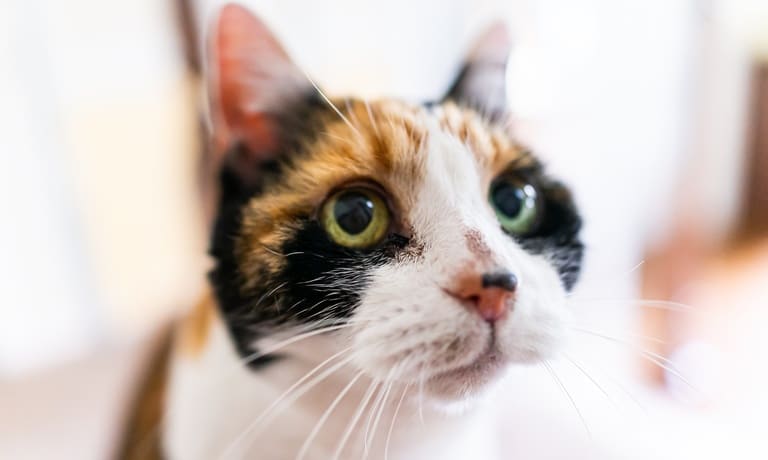
If your feline friend is struggling with chin pimples or pesky blackheads, your pet is not alone. Cat acne might seem surprising, but it’s more common than many pet owners realize. Identifying the common culprits behind your cat’s acne is key to helping their skin stay healthy and irritation-free. Below, we explore what might be causing those breakouts and how you can help.
Poor Hygiene and Moisture Buildup
Cats are famous for their grooming habits, but even the most meticulous felines can miss a spot. Moisture or dirt trapped on their chins can clog hair follicles, leading to acne flare-ups. This is especially common in cats with longer fur or those who eat liquid-heavy wet food, leaving their faces damp. Establishing a routine of gently cleaning your cat’s chin can make a big difference. Use a soft, damp cloth to wipe away debris after meals or playtime.
Plastic Food and Water Bowls
Plastic bowls might seem convenient, but they can harbor bacteria. Tiny scratches on plastic surfaces trap germs that irritate your cat’s skin during mealtime. Switching to stainless steel or ceramic bowls can quickly remedy this issue. These materials are non-porous, easier to clean, and less likely to keep acne-causing bacteria around. Remember to wash food and water bowls daily to keep them sparkling clean.
Hormonal Changes and Stress
Like humans, cats can experience acne due to hormonal fluctuations or stress. Hormones can cause increased oil production, which blocks pores and leads to skin problems. Stress, whether from environmental changes or tension at home, can affect your cat’s overall health, including their skin. Providing a calm, consistent environment and plenty of affection can reduce their stress levels and acne severity.
Allergies and Environmental Factors
Your cat’s bumpy skin and scratching may not just be about cleanliness—and it might not be acne at all. Your cat may also just have allergies that lead to excess itching and skin irritation. Pollen and mold are common irritants for everyone in a home, not just us. However, some pets might also react to their bedding or, if they sleep in your bed, your bedding. If you and your vet narrow the issue down to fabric, it might be time to check out other bed sheet options and find one that’s cozier for you and your cat. Similarly, if there are other factors in their environment that are causing itchiness, swapping them out can help you keep your feline friend happy.
Helping Your Cat Feel Their Best
Addressing the common culprits behind your cat’s acne often involves simple lifestyle changes, like cleaning routines or swapping out materials. Consult with your vet to ensure there’s no underlying health condition contributing to the problem. Cats deserve to look and feel their best, and a little attention to these details can go a long way when it comes to keeping their skin healthy.




